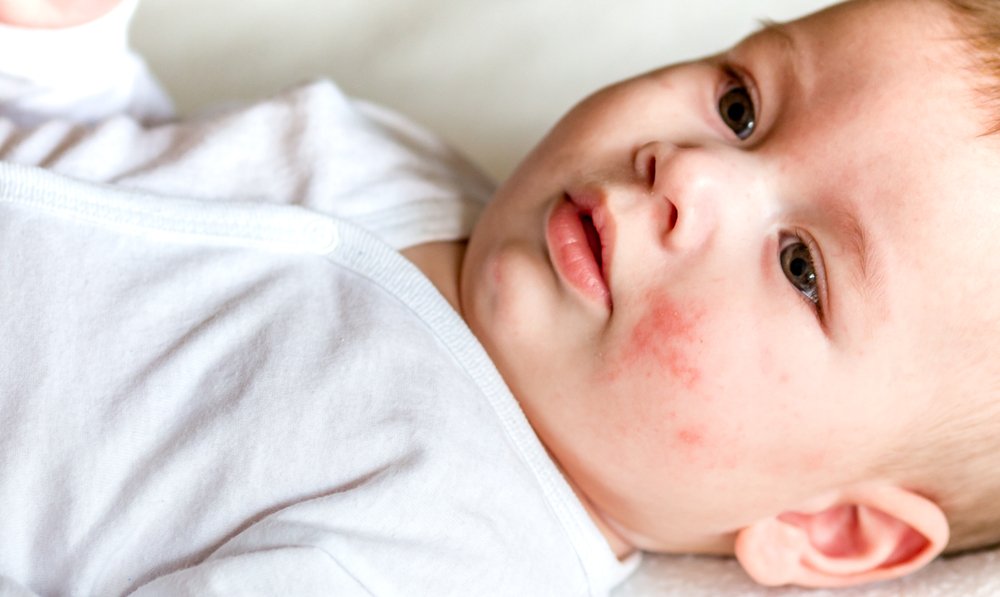Childhood Eczema: Causes, Symptoms, and Treatment

Understanding Childhood Atopic Dermatitis (Eczema): Causes, Symptoms, and Treatment
Childhood atopic dermatitis, commonly known as eczema, is a skin condition that affects millions of children worldwide. It can be distressing for both the child and their parents. In this blog post, we will explore the causes, symptoms, and treatment options for childhood eczema, providing valuable insights to help you understand and manage this condition effectively.
1. What Is Childhood Eczema?
Childhood eczema, or atopic dermatitis, is a chronic skin condition characterized by itchy, inflamed, and sometimes rashy skin. It often appears during infancy or early childhood and can continue into adulthood. Eczema typically occurs in patches on the face, hands, elbows, and behind the knees.
2. Causes of Childhood Eczema
The exact cause of childhood eczema is not fully understood, but it is believed to be a combination of genetic and environmental factors. A family history of eczema, asthma, or allergies can increase a child’s risk of developing the condition. Environmental triggers such as pollen, dust mites, and certain foods can also exacerbate eczema symptoms.
3. Common Symptoms
Eczema
- Itchy, red, and inflamed skin.
- Dry and scaly patches.
- Oozing or crusting sores.
- Thickened or leathery skin.
- Irritability and sleep disturbances due to itching.
4. Diagnosing Eczema in Children
A pediatrician or dermatologist can
5. Managing Eczema Triggers
Identifying and managing triggers is a crucial part of managing childhood eczema. This may involve:
- Avoiding irritants such as harsh soaps and detergents
- Using a humidifier to maintain skin moisture.
- Identifying and avoiding allergens.
- Dressing the child in soft, breathable clothing.
6. Treatment Options
There are various treatment options available to manage childhood eczema, including:
- Topical corticosteroids to reduce inflammation.
- Emollients (moisturizers) to keep the skin
- Antihistamines to relieve itching.
- Immunomodulators for severe cases.
- Phototherapy (light therapy) in some instances.
7. Preventing Eczema Flare-Ups
Preventing flare-ups is a key aspect of eczema management. Some strategies to consider include:
- Establishing a daily skincare routine.
- Keeping nails short to prevent scratching.
- Using hypoallergenic products.
- Managing stress, which can exacerbate symptoms.
8. Caring for a Child with Eczema
Caring for a child with eczema involves providing emotional support and ensuring their comfort. Regular follow-ups with healthcare providers, maintaining a healthy lifestyle, and educating yourself and your child about eczema are all essential.
Childhood eczema can be a challenging condition to manage, but with the right knowledge and support, it is possible to improve your child’s quality of
I hope this blog post meets your requirements. If you have any specific questions or need more information on any of the sections, please feel free to ask.







